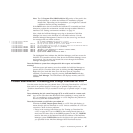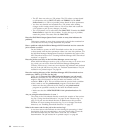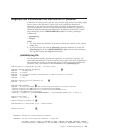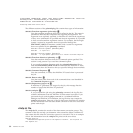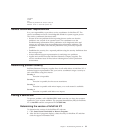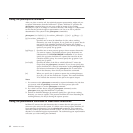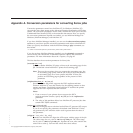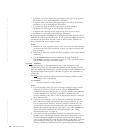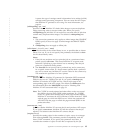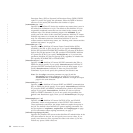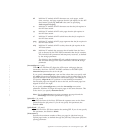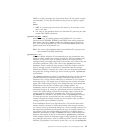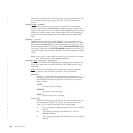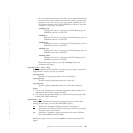
v A positive scan value moves the page image to the right in the portrait
orientation, or down in the landscape orientation.
v A negative scan value moves the page image to the left in the portrait
orientation, or up in the landscape orientation.
v A positive dot value moves the page image up in the portrait
orientation, or to the right in the landscape orientation.
v A negative dot value moves the page image down in the portrait
orientation, or to the left in the landscape orientation.
If
you do not specify the xalign conversion parameter, the default is 0 for
both the scan value and the dot value. If you specify the xalign conversion
parameter but omit either the scan value or the dot value, InfoPrint XT
uses a default of 0 for the omitted value.
Notes:
1. InfoPrint XT only supports values for the Xerox scan and dot directions
in 300 dots-per-inch (dpi) resolution. It does not support values in 600
dpi resolution.
2. InfoPrint XT does not support the TEST parameter of the Xerox ALIGN
command.
3. See the xhonorinvert conversion parameter on page 96 and the
xinvertalign conversion parameter on page 97. These parameters affect
how InfoPrint XT aligns inverted output.
[xcc=ansi
| machine]
Specifies the type of carriage controls, if any, that are present in the
original Xerox data. The xcc conversion parameter only applies to online
jobs. For offline jobs, InfoPrint XT uses the carriage control definitions from
the Job Descriptor Library (JDL). InfoPrint XT ignores this parameter for
offline jobs:
xcc=ansi
Specifies American National Standards Institute (ANSI) carriage
controls. This is the default.
xcc=machine
Specifies machine carriage controls.
Notes:
1. If you manually specify the type of carriage control in the job control
language (JCL) for a z/OS job, such as with the DCB=RECFM
parameter, make sure that the type you specify matches what the data
actually contains. If you specify a type that is different from the
carriage controls in the data, z/OS can discard data before it sends the
job to InfoPrint XT.
2. If you use Download for z/OS to send jobs to InfoPrint XT and the
jobs contain both ANSI and machine code carriage controls, you can
use the -p download directive. With the directive, InfoPrint XT can
convert ANSI carriage controls to machine code carriage controls so
that the job contains only the one type. Then, use a value machine for
the xcc conversion parameter. For more information, see “Using
download directives” on page 74.
3. You cannot use the -p download directive for online jobs that you
transfer from z/OS through methods other than Download for z/OS. If
the jobs include the xpcctest conversion parameter with its default
value of yes, InfoPrint XT reads the first records of the job to verify the
type of carriage controls the job contains. If it determines that the
carriage controls are different from the type the xcc parameter specifies,
94 InfoPrint XT Guide
|
|
|
|
|
|
|
|
|
|
|
|
|
|
|
|
|
|
|
|
|
|
|
|
|
|
|
|
|
|
|
|
|
|




